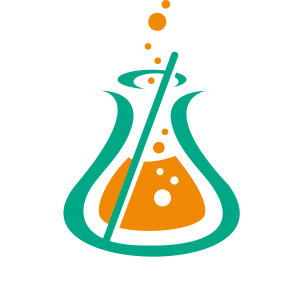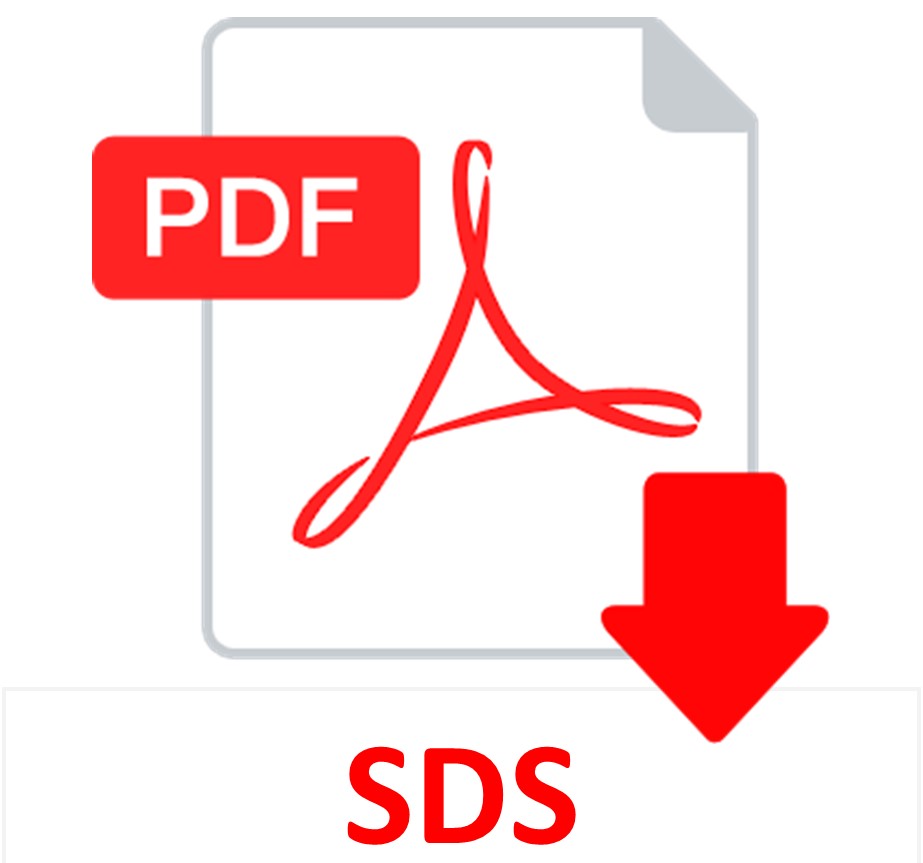Trichrome Stain, Gomori One-Step, Aniline Blue
![]()
Indistinguishable from Masson.
-
-
- Store at 2-8°C.
-
Click Here to see Trichrome, Gomori One-Step, Aniline Blue Stain Kit (#9176) in the Stain Kits Section.
SOLUTION:
| 250 ml | 500 ml | |
| Trichrome Stain, Gomori One-Step, Aniline Blue | Part 1403C | Part 1403B |
Additionally Needed:
| Trichrome, Liver Control Slides OR Trichrome, Multi-Tissue Control Slides |
Part 4690 OR Part 4693 |
| Xylene, ACS | Part 1445 |
| Alcohol, Ethyl Denatured, 100% | Part 10841 |
| Alcohol, Ethyl Denatured, 95% | Part 10842 |
| Bouin Fluid | Part 1020 |
| Hematoxylin Stain Set, Weigert Iron | Part 1409 |
| Acetic Acid 0.5%, Aqueous | Part 100121 |
| Coplin Jar, Plastic | Part 5184 (for microwave modification) |
For storage requirements and expiration date refer to individual product labels.
APPLICATION:
Newcomer Supply Trichrome Stain, Gomori One-Step, Aniline Blue procedure, with included microwave modification, uses a one-step solution combining a plasma stain and a connective tissue stain to differentially demonstrate collagen and muscle fibers.
METHOD:
Fixation: Formalin 10%, Phosphate Buffered (Part 1090)
Technique: Paraffin sections cut at 4 microns
-
-
-
- See Procedure Note #1.
-
-
Solutions: All solutions manufactured by Newcomer Supply, Inc.
All Newcomer Supply stain procedures are designed to be used with Coplin jars filled to 40 ml following the staining procedure.
PRESTAINING PREPARATION:
-
- If necessary, heat dry tissue sections/slides in oven.
- Preheat Bouin Fluid (Part 1020) to 56-60°C in oven or water bath. (Skip if using overnight method or microwave procedure.)
STAINING PROCEDURE:
-
- Deparaffinize sections thoroughly in three changes of xylene, 3 minutes each. Hydrate through two changes each of 100% and 95% ethyl alcohols, 10 dips each. Wash well with distilled water.
-
- See Procedure Notes #2 and #3.
-
- Mordant in preheated Bouin Fluid (Step #2) for one hour at 56-60°C or overnight at room temperature. Cool at room temperature for 5-10 minutes.
-
- Skip Step #4 if tissue was originally Bouin fixed.
-
- Deparaffinize sections thoroughly in three changes of xylene, 3 minutes each. Hydrate through two changes each of 100% and 95% ethyl alcohols, 10 dips each. Wash well with distilled water.
Microwave Modification: See Procedure Note #4.
-
-
-
- Place slides in a plastic Coplin jar containing Bouin Fluid and microwave for 5 minutes at 60° Allow slides to sit an additional 10 minutes in solution.
-
-
-
- Wash well in running tap water; rinse in distilled water.
- Prepare fresh Weigert Iron Hematoxylin (Part 1409); combine and mix well.
-
- Solution A: Ferric Chloride, Acidified 20 ml
- Solution B: Hematoxylin 1%, Alcoholic 20 ml
-
- Stain slides in fresh Weigert Iron Hematoxylin for 10 minutes.
- Wash in running tap water for 10 minutes; rinse in distilled water.
-
-
-
- See Procedure Note #5.
-
-
-
- Stain in Trichrome Stain, Gomori One-Step, Aniline Blue for 20 minutes.
- Differentiate in Acetic Acid 0.5%, Aqueous (Part 100121) for 2 minutes.
- Rinse quickly in distilled water.
- Dehydrate in two changes each of 95% and 100% ethyl alcohol. Clear in three changes of xylene, 10 dips each; coverslip with compatible mounting medium.
RESULTS:
| Collagen and mucin | Blue |
| Muscle fibers, cytoplasm and keratin | Red |
| Nuclei | Blue/black |
PROCEDURE NOTES:
-
- Using ammonium hydroxide to soak/face tissue blocks will alter the pH of tissue sections and diminish trichrome staining.
- Drain slides after each step to prevent solution carry over.
- Do not allow sections to dry out at any point during procedure.
- The suggested microwave procedure has been tested at Newcomer Supply. This procedure is a guideline and techniques should be developed for your laboratory.
- If Weigert Iron Hematoxylin is not completely washed from tissue sections, nuclear and cytoplasmic staining may be compromised.
- If using a xylene substitute, closely follow the manufacturer’s recommendations for deparaffinization and clearing steps.
REFERENCES:
-
- Brown, Richard. Histologic Preparations: Common Problems and Their Solutions. Northfield, Ill.: College of American Pathologists, 2009. 95-101.
- Carson, Freida L., and Christa Hladik. Histotechnology: A Self-Instructional Text. 3rd ed. Chicago, Ill.: American Society of Clinical Pathologists, 2009. 165-166.
- Sheehan, Dezna C., and Barbara B. Hrapchak. Theory and Practice of Histotechnology. 2nd ed. St. Louis: Mosby, 1980. 191-192.
- Vacca, Linda L. Laboratory Manual of Histochemistry. New York: Raven Press, 1985. 308-310.
- Modifications developed by Newcomer Supply Laboratory.



